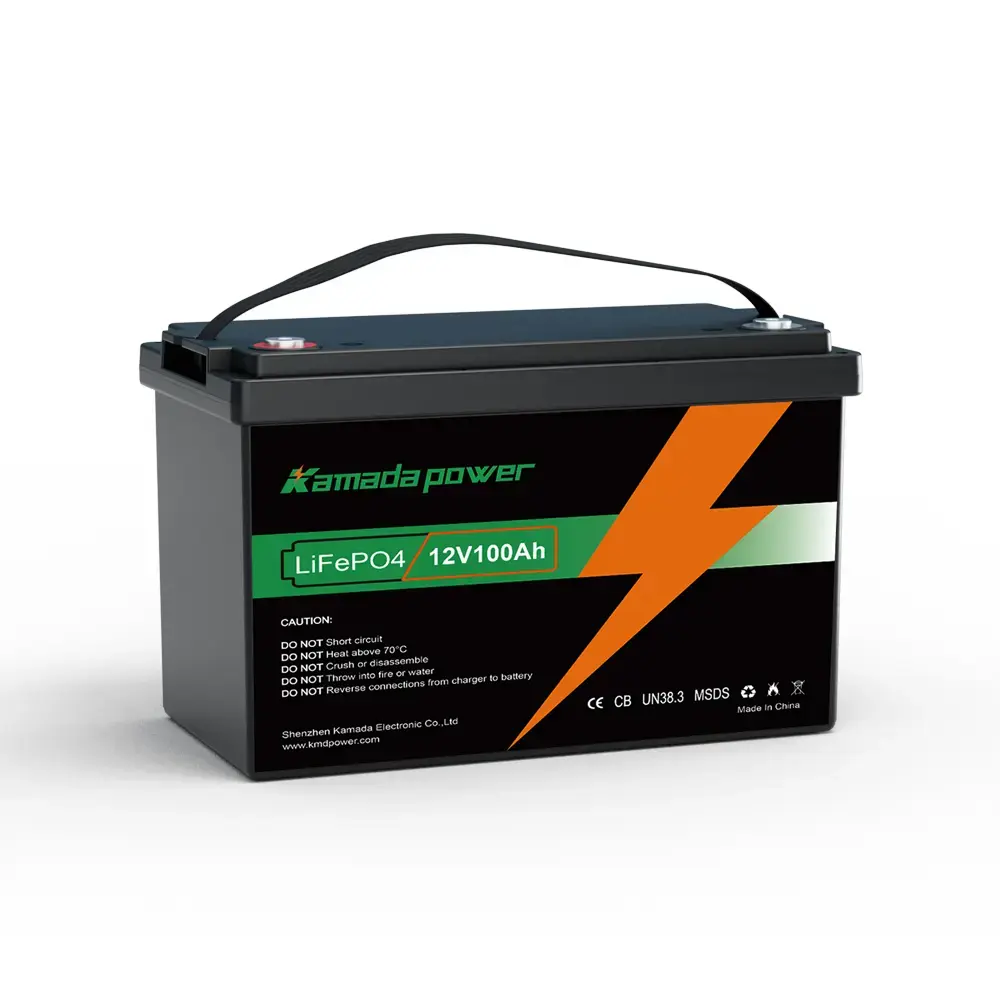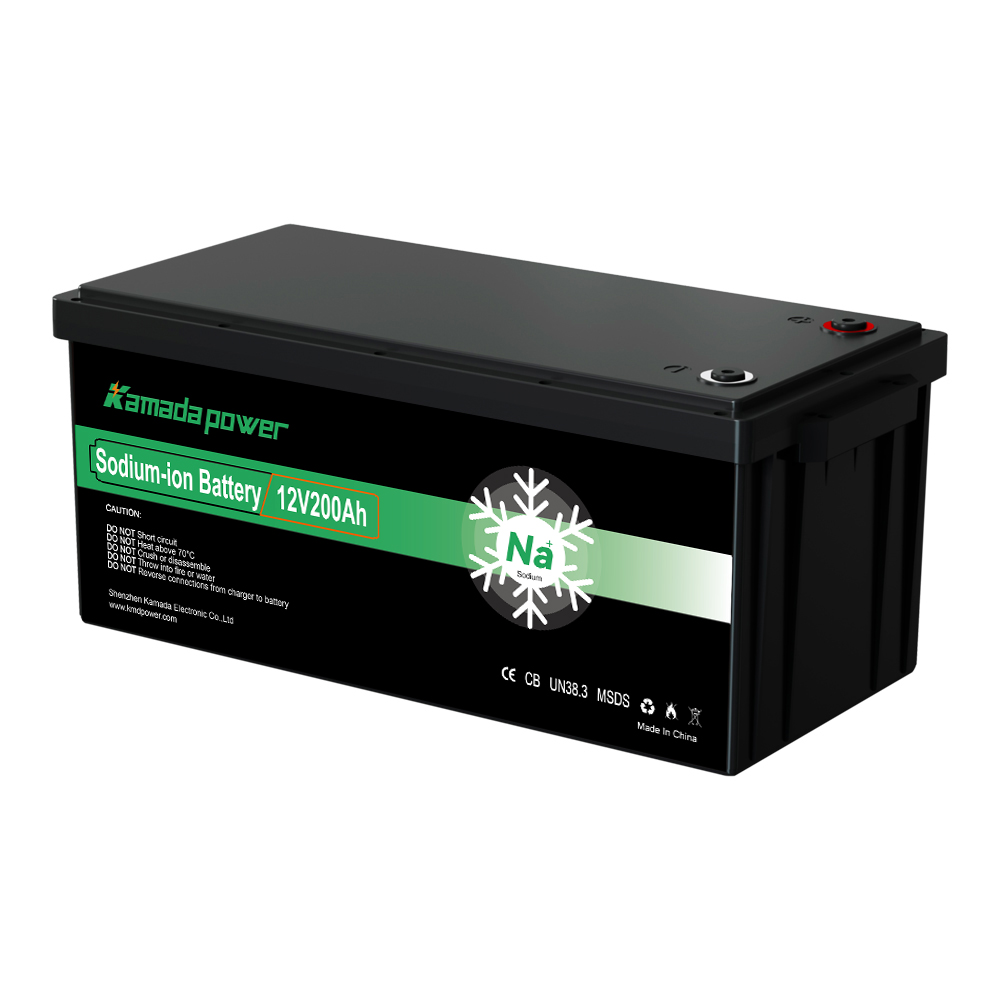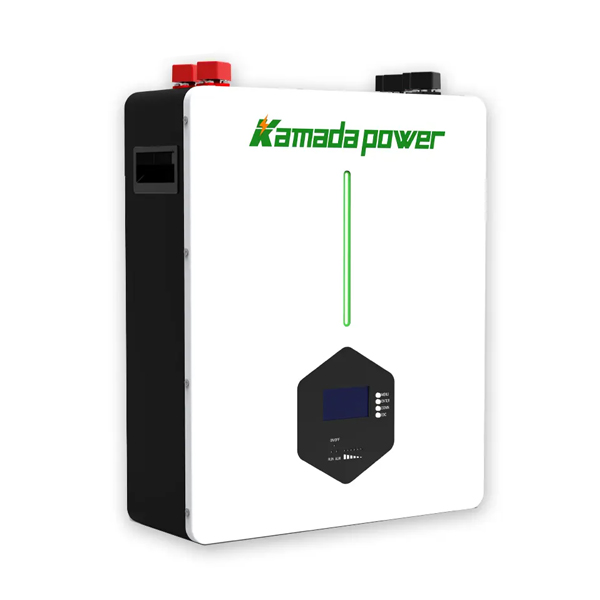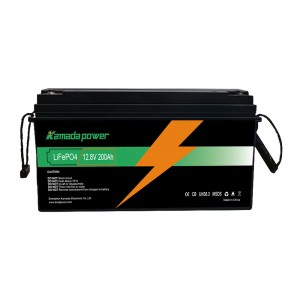Protecting lithium battery from getting wet. Lithium batteries power our modern world, prized for their energy density and lifespan. However, unlike traditional lead-acid batteries which use a water-based electrolyte and are more forgiving, lithium-ion batteries employ organic electrolytes highly sensitive to water. Understanding how to protect these advanced batteries from moisture is crucial for performance, longevity, and most importantly, safety.

Why Water is Kryptonite for Lithium Batteries: Understanding the Risks
Water ingress into a lithium-ion battery triggers damaging chemical and electrical reactions:
- Electrolyte Hydrolysis: The organic solvents react with water, breaking down into harmful byproducts that impede function and deplete the essential electrolyte.
- Lithium Salt Dissolution: Water dissolves the critical lithium salts needed for conductivity, reducing power capability and potentially causing unsafe conditions like lithium plating.
- Electrode Degradation: Water and its byproducts attack the sensitive cathode and anode materials, causing irreversible capacity loss.
- Internal Short Circuits: Conductive water can bridge electrodes, causing rapid discharge, intense heat, and potentially leading to dangerous thermal runaway (fire or rupture).
- Saltwater Corrosion: Saltwater adds corrosive chloride ions that attack metallic components (terminals, collectors), accelerating failure compared to fresh water.
These combined effects mean water exposure usually leads to rapid and irreversible battery damage.
Debunking Myths & Addressing Fears: Explosion Risk in Water
While a submerged lithium battery is unlikely to “explode” like a conventional fire (due to lack of oxygen), severe internal shorting caused by water lehet generate enough heat and gas pressure to cause a violent rupture, even underwater. Water may help dissipate some heat but doesn’t negate the risk from internal damage. Prevention is key.
Critical Safety Warning: Can You Recharge a Wet Lithium Battery?
Absolutely not. Attempting to recharge a lithium battery known or suspected to have water exposure is extremely hazardous. Internal damage can lead to shorts during charging, potentially causing fire or explosion. While specialized labs lehet, hogy attempt controlled assessment, for end-users, the rule is firm: If a lithium battery gets wet, consider it unsafe to recharge. Prioritize safe handling and disposal.
Decoding Water Protection: Understanding IP Ratings (IP65 to IP68)
The Ingress Protection (IP) rating system (IEC 60529) classifies enclosure protection against solids and liquids. The second digit indicates water protection:
- IP65: Protection against low-pressure water jets (e.g., rain, splashes).
- IP66: Protection against powerful water jets (e.g., washdowns, heavy seas).
- IP67: Protection against temporary immersion (up to 1 meter for 30 minutes). A common benchmark for good water resistance.
- IP68: Protection against continuous immersion under conditions specified by the manufacturer (depth >1m, duration >30 min). Best for submersible applications.
Choosing the right IP rating requires matching it to the actual environmental conditions the battery will face.
Proactive Protection: Comprehensive Strategies for Waterproofing Lithium Batteries
Several methods can protect lithium batteries from water:
Option 1: Select Inherently IP-Rated Batteries & Devices
Many manufacturers offer batteries or devices certified to IP67 or IP68, featuring integrated seals and robust casings. This is often the simplest solution if available for your needs. Verify the certification.
Option 2: Utilize High-Quality Waterproof Enclosures
Placing a non-rated battery inside a certified IP-rated enclosure is highly effective. Key features include:
- Durable, potentially UV-resistant materials (ABS, polycarbonate, aluminum).
- High-quality continuous gaskets (silicone, EPDM).
- Secure latches or screws providing even gasket compression.
- Crucially: Properly sized and installed IP-rated cable glands or waterproof connectors for all wire penetrations.
Option 3: Apply Conformal Coating (Component-Level Defense)
A thin protective polymer film (acrylic, silicone, urethane) applied to the Battery Management System (BMS) circuit board protects sensitive electronics from humidity, condensation, and brief splashes. It does not typically waterproof the entire battery against immersion (IPx7) but significantly enhances electronic reliability in damp conditions.
Option 4: Implement Potting & Encapsulation (Extreme Environments)
Filling the battery assembly with a solidifying compound (epoxy, polyurethane, silicone) creates a solid block offering excellent protection against water (often IP68+), vibration, and shock. Drawbacks include significant added weight, severely hindered heat dissipation, and making repairs impossible. Used for maximum ruggedness.
Option 5: Leverage Advanced Design & Sealing Techniques
Manufacturers may use techniques like overmolding connectors, ultrasonic/laser welding seams, or integrated gasket channels for robust sealing in premium products.
Option 6: Consider Battery Chemistry (Safety Aspect)
While still damaged by water, chemistries like Lithium Iron Phosphate (LFP) are generally considered more thermally stable than others, potentially offering a safer failure mode if containment is breached.
Comparing Waterproofing Methods: A Quick Guide
| Jellemző | IP-Rated Battery | Enclosure | Conformal Coating | Potting/Encapsulation |
|---|---|---|---|---|
| Protection Level | High (IP67/68) | High (IP67/68 capable) | Low-Med (Humidity) | Very High (IP68+) |
| Primary Use | Integrated Solution | External Protection | BMS/Electronics | Extreme Environments |
| Költségek | Magasabb | Mérsékelt | Alacsony | Moderate-High |
| Weight/Size Add | Minimális | Significant | Minimális | Very Significant |
| Heat Dissipation | Designed-in | Challenging | Minimal Impact | Significantly Impeded |
| Repairability | Difficult | Battery Replaceable | Difficult | Impossible |
Maintenance and Environmental Factors Affecting Waterproofing Longevity
Waterproofing isn’t always permanent. Real-world conditions and time can degrade protection:
- Környezeti tényezők:
- Hőmérsékleti szélsőségek: Cold can harden seals, heat can accelerate aging, and thermal cycling fatigues materials.
- UV Exposure: Sunlight degrades many plastics and rubbers, causing brittleness and cracks. Use UV-resistant materials outdoors.
- Chemicals: Exposure to solvents or oils can damage incompatible seal materials.
- Vibration/Impact: Can loosen seals, fatigue enclosures, or damage cable glands over time.
- Karbantartás:
- Inspect Seals/Gaskets: Periodically check serviceable gaskets for cracking, brittleness, or deformation. Replace if necessary.
- Check Enclosures: Look for cracks, warping, or damage. Ensure latches/screws are secure.
- Verify Cable Glands: Ensure they remain tight and properly sealed around cables.
The lifespan depends on material quality, environmental severity, and maintenance.
Applying Protection: Specific Scenarios & Considerations
Outdoor Storage & Use
Requires protection from rain, humidity, dust, and temperature swings. Use IP65+ rated solutions, UV-resistant materials, and consider thermal management within enclosures.
Lithium Battery Safety on Boats
Demands high protection (IP67+, ideally IP68) due to saltwater, vibration, and potential submersion. Use corrosion-resistant materials, secure mounting, sealed compartments, and consider advanced monitoring.
Essential Best Practices for Handling and Maintenance
- Install Correctly: Ensure proper closure, even pressure on seals, and correctly installed cable glands.
- Inspect Regularly: Check seals, enclosures, and terminals for wear or damage.
- Minimize Exposure: Position equipment to avoid unnecessary water contact.
- Handle Carefully: Avoid drops or impacts that could compromise seals.
- Store Safely: Keep batteries in a cool, dry place when not in use.
Emergency Response: Immediate Steps if Your Lithium Battery Gets Wet
Prioritize safety:
- Safety First: Avoid direct contact; use insulated gloves/eye protection if handling.
- Disconnect Power: If safe, disconnect the battery from loads/chargers.
- DO NOT USE OR CHARGE.
- Isolate & Observe: Move to a safe, non-flammable area (outdoors preferably). Observe from a distance for swelling, heat, smoke.
- Contain (If Stable): Place in a fire-resistant container (metal bucket with sand) if possible, ensuring ventilation. Do not seal airtight.
- Seek Professional Advice: Contact manufacturer or hazardous waste facility for disposal guidance.
- Dispose Properly: Follow local hazardous waste regulations. Do not put in regular trash.
The Future of Waterproof Batteries (Looking Ahead)
Innovation continues with advanced materials, improved sealing techniques, integrated moisture sensors, and potentially safer solid-state battery designs (though electronics still need protection).
GYIK
Q1: How can I waterproof a lithium battery?
A: You generally don’t waterproof the battery itself after manufacturing. Instead, you achieve protection through several methods:
1.Use an IP-Rated Enclosure: Place the battery inside a certified waterproof box (e.g., IP67 or IP68) with properly sealed cable glands for any wires. This is the most common and effective method for non-rated batteries.
2.Purchase an IP-Rated Battery: Select a battery specifically designed and certified by the manufacturer with an IP rating (like IP67) suitable for your needs.
3.Apply Conformal Coating (Electronics Only): Protect the internal circuit board (BMS) from moisture and humidity with a specialized coating. This does not waterproof the entire battery against immersion.
4.Use Potting/Encapsulation (Extreme Cases): Fill the battery assembly with resin for maximum protection, though this adds weight, hinders heat dissipation, and makes repairs impossible.
Q2: Is it bad if a lithium battery gets wet?
A: Yes, it is very bad if a lithium battery gets significantly wet. Water can cause:
1.Internal short circuits, leading to overheating and potentially fire or rupture.
2.Damage to sensitive internal components through chemical reactions (hydrolysis).
3.Dissolution of essential electrolyte salts, reducing performance.
4.Corrosion, especially with saltwater.
5.Irreversible capacity loss and battery failure.Never attempt to use or charge a lithium battery you suspect has water damage.
Q3: How can I protect my lithium battery? / How do I protect my battery from water?
A: Protecting your lithium battery involves several key strategies:
1.Physical Barrier: Use a waterproof enclosure (IP67/IP68 rated) or choose a battery already built with that rating.
2.Proper Installation: Ensure enclosures are securely closed and cable glands are correctly installed and tightened.
3.Environmental Awareness: Avoid unnecessary exposure to rain, floods, high humidity, or submersion. Position batteries in protected locations whenever possible.
4.Careful Handling: Prevent physical damage to the battery casing or enclosure that could compromise seals.
5.Regular Inspection: Check seals and enclosures periodically for wear or damage, especially in harsh environments.
Q4: Are batteries ruined if they get wet?
A: Often, yes, lithium batteries are effectively ruined if they get significantly wet. While very minor splashing lehet, hogy not cause immediate failure if the battery is well-sealed, substantial water exposure typically leads to internal damage (short circuits, chemical degradation, corrosion) that is often irreversible and makes the battery unsafe to use or recharge. Lead-acid batteries are generally more tolerant to moisture than lithium-ion batteries.
Q5: How to care for a lithium-ion battery?
A: General care for lithium-ion batteries to maximize lifespan and safety includes:
1.Avoid Extreme Temperatures: Don’t charge or store them in excessively hot or freezing conditions.
2.Avoid Deep Discharges: Try not to run the battery completely flat regularly. Partial discharges are generally better.
3.Use the Correct Charger: Always use the charger specifically designed for your battery type and voltage.
4.Store Properly: If storing long-term, keep them partially charged (around 40-60%) in a cool, dry place.
5.Protect from Physical Damage: Avoid dropping or puncturing the battery.
6.Keep Dry: As detailed in this guide, prevent exposure to water and excessive humidity.
Következtetés
Protecting lithium battery from getting wet is essential for safety and performance. Understanding the risks, choosing the appropriate IP rating, and implementing robust protection methods (rated batteries, enclosures, coatings, potting) are critical. Prevention through effective waterproofing is far better than dealing with the dangerous consequences of water damage.
Need help selecting the right waterproof battery solution? Explore our range of IP-rated 12v 100ah lithium battery products or contact our kamada power lithium battery manufacturers experts today for personalized advice! Contact kamada power.






